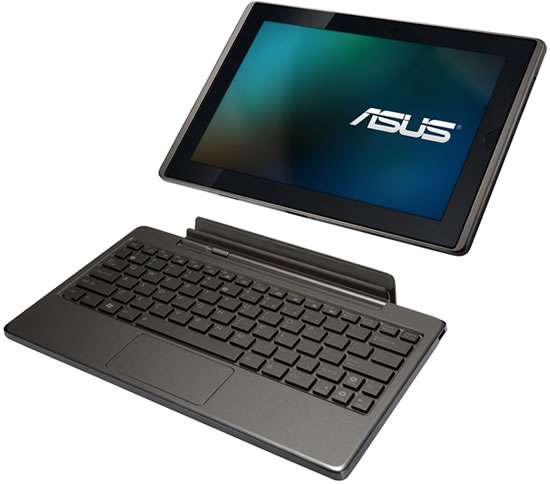The successor to the Asus Eee Pad Transformer will arrive in the next few months, says Asus Chairman Jonney Shih. In fact, it may just be two months away (October 2011), according to Eee Pad Transformer supply chain makers cited by DigiTimes. Shih refused to share details about the second Transformer device, such as screen size, price, and launch date, with Forbes, but he did promise would be "impressive."
In terms of timing, Shih only said that Asus will unveil more tablets before the end of the year. "We're running so fast, we can't wait until [the January] Consumer Electronics Show." Two months ago, we learned that Asus is working on its first quad-core tablet, built around Nvidia's Tegra 3 (T30) quad-core processor, codenamed Kal El. During a recent tech demo, Nvidia mentioned that products using the Tegra 3 SoC will be arriving as early as next month.
So far in 2011, Asus has announced four tablets, three running Google's Android and one powered by Microsoft's Windows. The Eee Pad Transformer is the most popular one so far, and Asus has made a point to call it the most popular Android tablet on the market. Sales are growing and production is ramping up, recently surpassing 400,000 units per month. "Other companies have cut down their [manufacturing] orders," said Shih. "The Transformer is the only one that is increasing."

The Eee Pad Transformer sets itself apart from the tablet competition with an optional chiclet-style keyboard dock that essentially transforms the device into a netbook. Besides making the device much more convenient to type on and handle productivity tasks, it also extends battery life from around 9.5 hours to 16 hours thanks to a second battery within. The actual device costs $400 for the 16GB Wi-Fi only model, although the dock will set you back an extra $150.
The Transformer has a 10.1-inch 1280×800 IPS Gorilla Glass capacitive touchscreen display, a 1GHz Nvidia Tegra 2 dual-core processor, 1GB of RAM, 5MP rear and 1.2MP front cameras, a Micro SD expansion slot, and HDMI out. You'll also find speakers and audio jacks, USB 2.0, 802.11b/g/n and Bluetooth 2.1 connectivity, as well as a G-sensor, light sensor, gyroscope, e-compass, and GPS. It also comes with Asus' Waveshare interface, which includes MyNet (streams media to networked devices), MyLibrary (digital bookstore) and MyCloud (cloud storage and remote access tool).
The Transformer comes with Android 3.0 (codenamed Honeycomb) but is upgradeable to Android 3.1 (codenamed Honeycomb) via an over-the-air update. Asus is currently testing an update to Android 3.2 (codenamed Honeycomb).
https://www.techspot.com/news/44933-asus-eee-pad-transformers-successor-to-launch-this-october.html